The Vancouver Championship will take place on the Main Stage & Heritage Stage at ScotFestBC on June 15, 2024. Registration opens Spring, 2024.
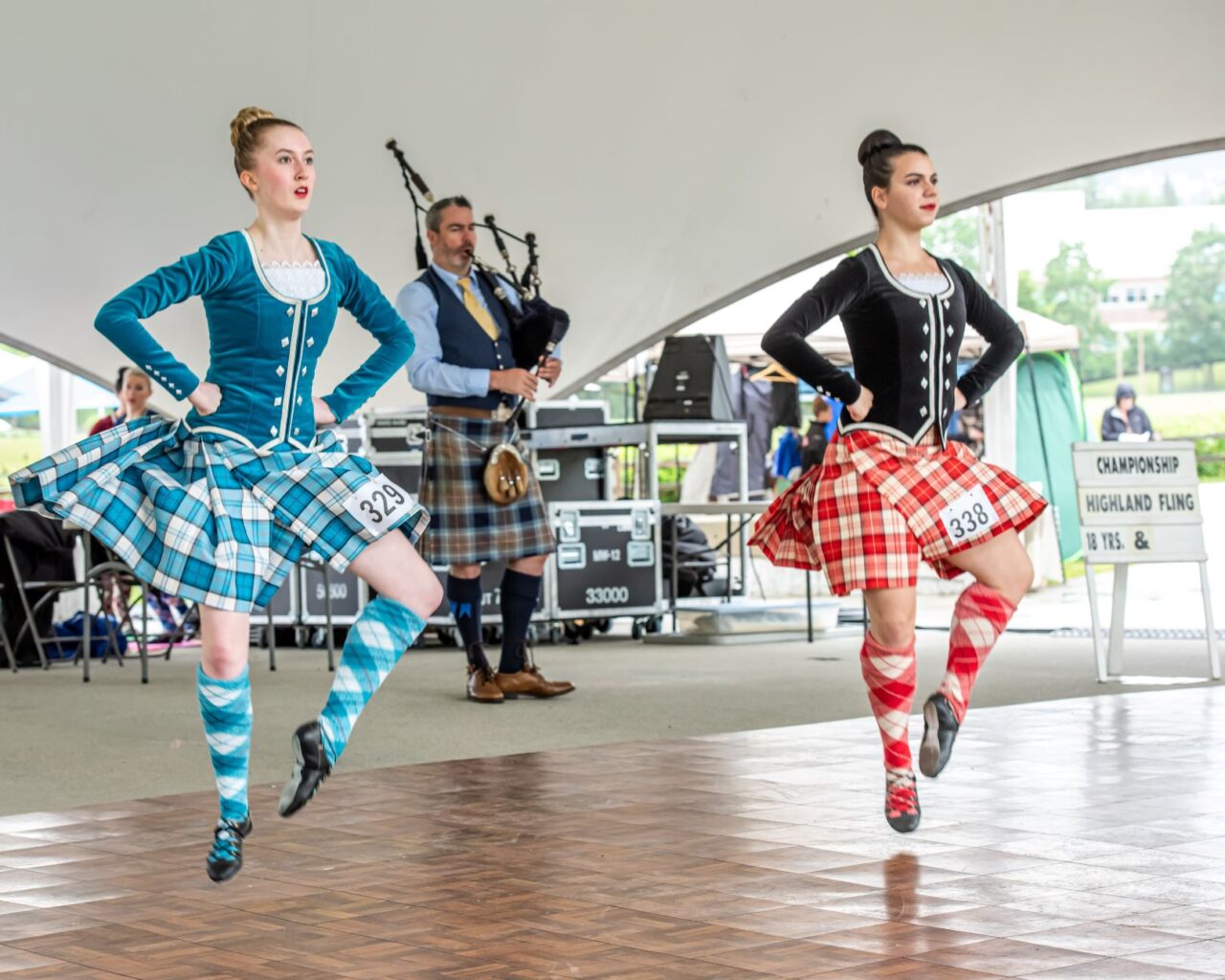
Highland dance or Highland dancing is a style of competitive solo dancing developed in the Scottish Highlands in the nineteenth and twentieth centuries in the context of competitions at public events such as the Highland games, where it is often performed to the accompaniment of Highland bagpipe music. It is now seen at nearly every modern-day Highland games event.
Highland dancers wear specialized shoes called ghillies.
Highland dance has been subject to many influences from outside the Highlands. For example, it has been heavily influenced by the aesthetics of the patrons of Scotland since the nineteenth century.
Highland dance should not be confused with Scottish country dance. Highland dance is its own sport, with millions of dancers competing across the planet.
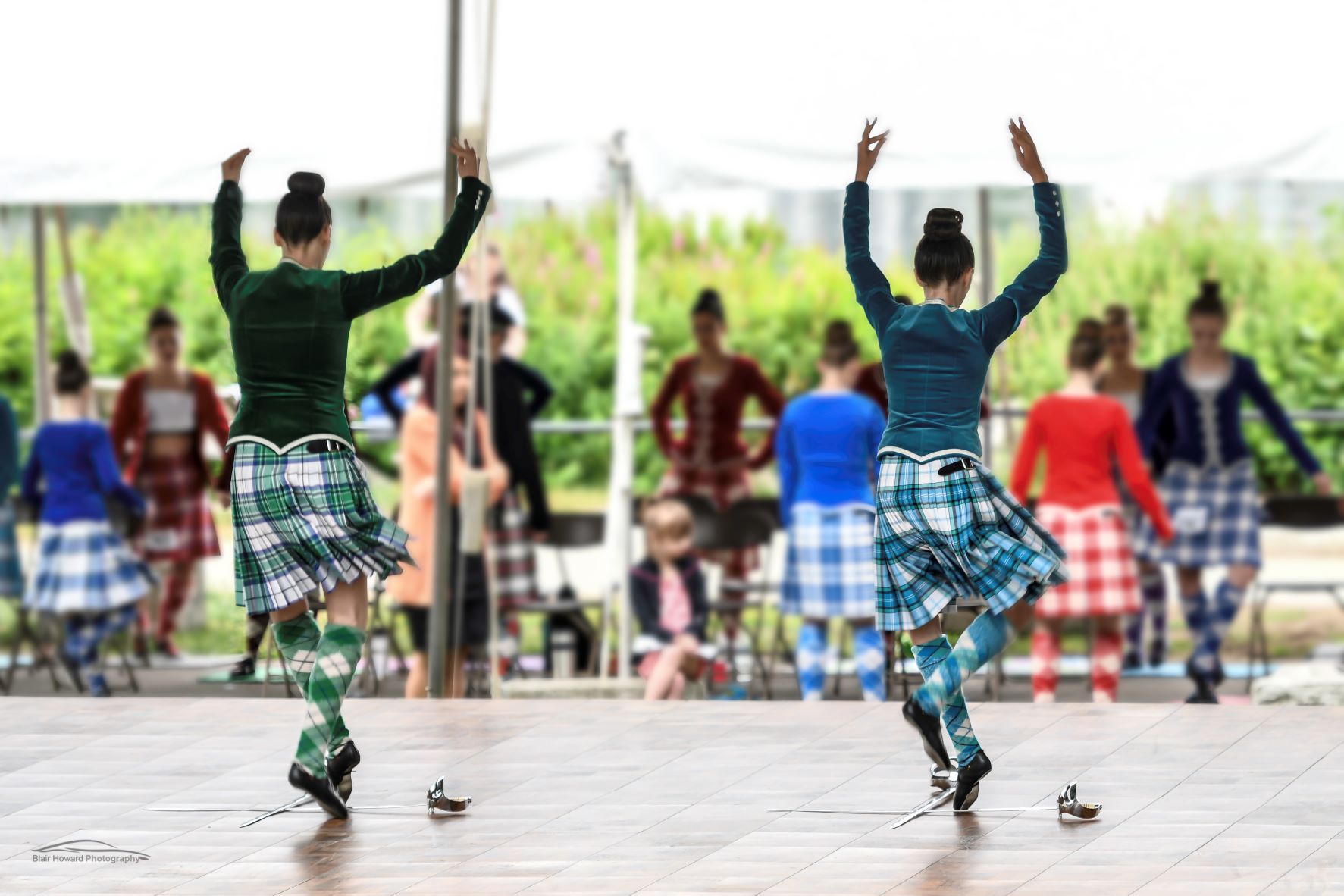
The Dance competition is organized and run by the BC Highland Dancing Association.
The Platform Schedule can be viewed HERE during the week of the competition.
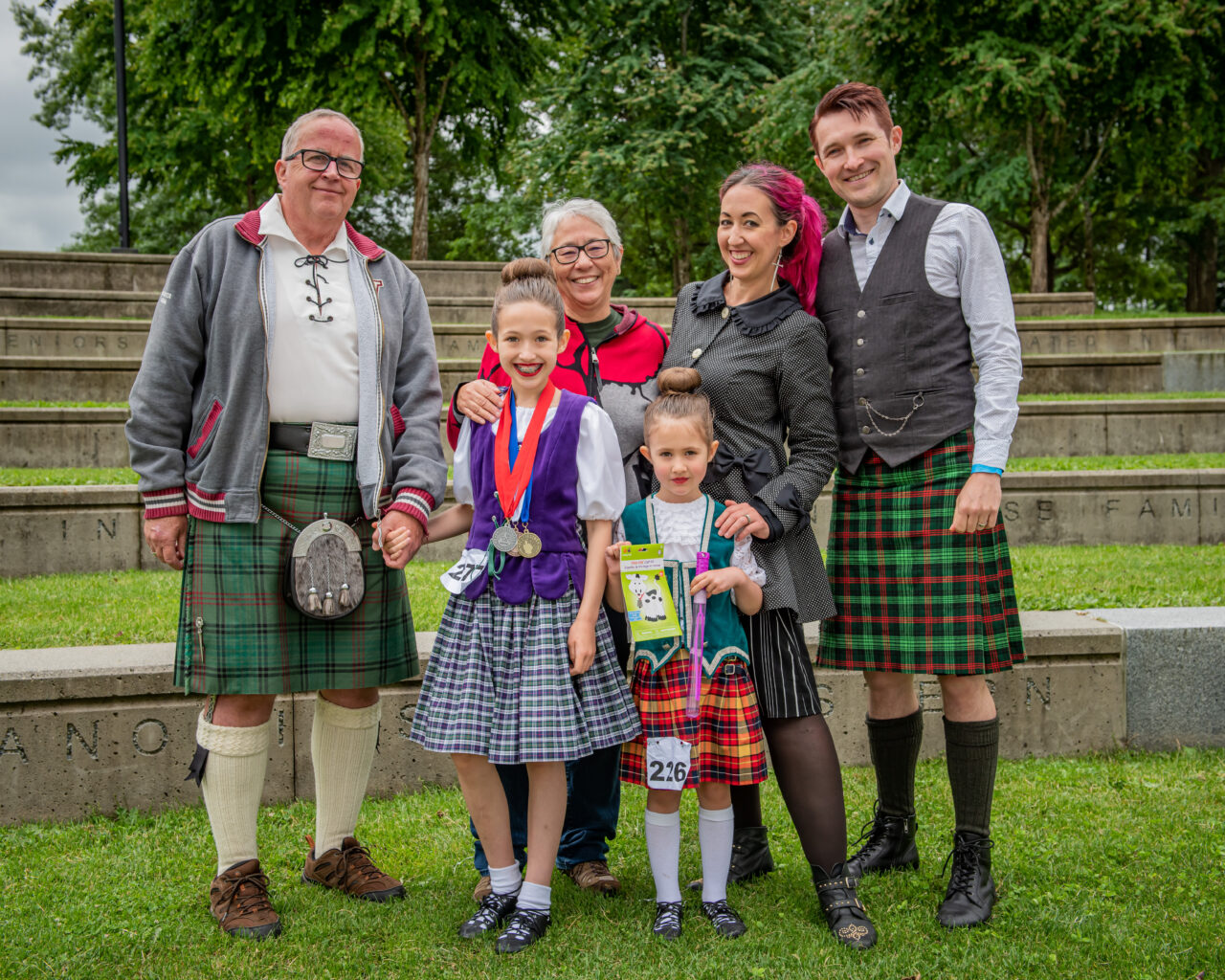
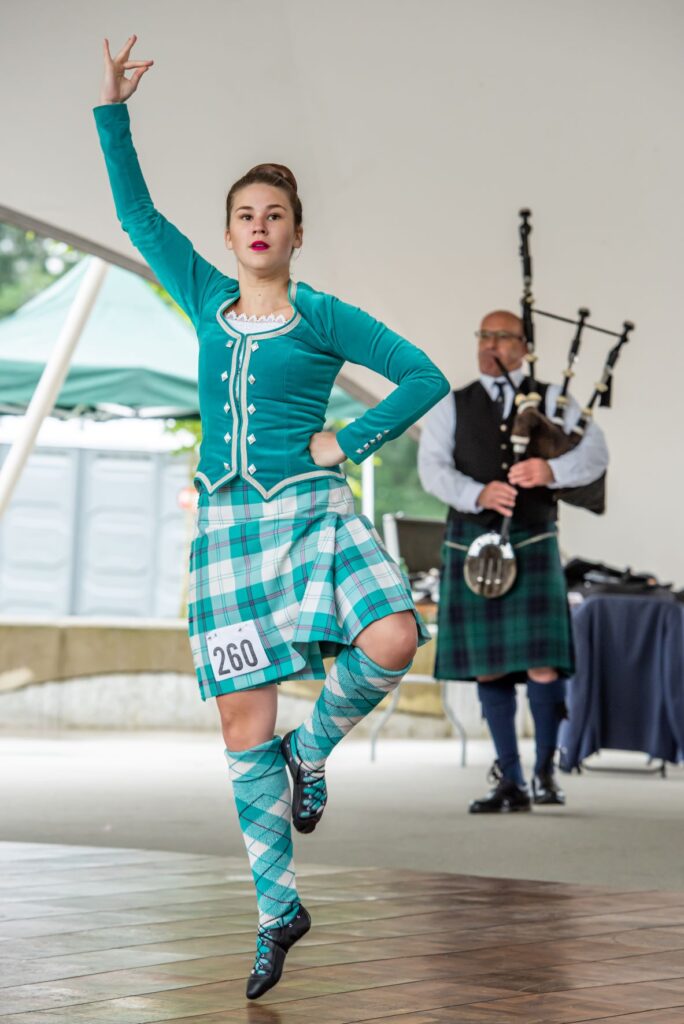
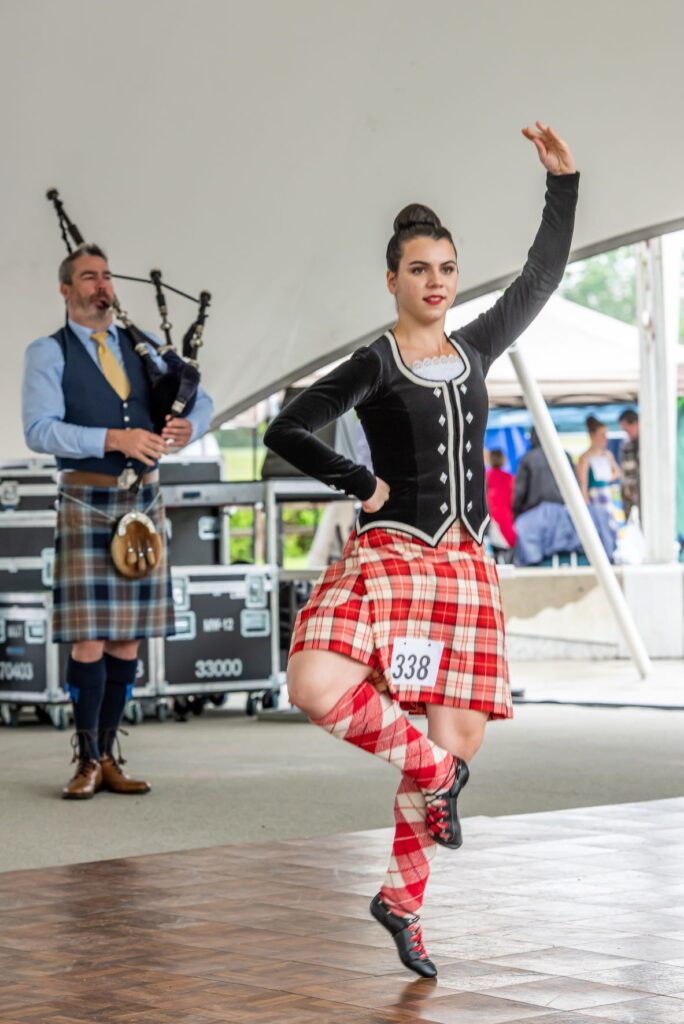
You be the Judge
The Highland Dances you see today are judged according to the standard set by the Scottish Official Board of Highland Dancing (SOBHD). Not too many years ago, there was no unified standard of judging and a chaotic situation existed in that winners were often decided on the basis of local rules where the competition was held, and these varied all over the world. Such a situation required the dancers vary their style and alter their steps to suit local preference.
In 1949, the Scottish Dance Teacher’s Alliance began a movement designed to end the existing chaos. Thus was born the SOBHD and the uniformity of regulations regarding Highland Dancing and Judging which prevail today.
The judges who are here today are on the Panel of Qualified Judges of the SOBHD. To be a member of this panel, one must be a qualified teacher of Highland Dancing and then take a comprehensive examination on the theory of Highland Dancing. Following the examination, a mock judging test is given where the judge candidate’s results are compared with those of qualified authorities from the SOBHD.
Today, each Highland Dance competitor will be judged on three major points:
TIMING refers to the ability of the dancer to follow the rhythm of the music, particularly with the feet, but also with arm movements. Dancers must place feet, arms and head in very precise positions simultaneously on one count.
TECHNIQUE means the correct execution of footwork in coordination with head, arm and hand movements. The correct placement of the feet during the performance is essential. Good outward rotation (turn out) is necessary to achieve and maintain positions. The supporting heel must be kept well off the ground, and the working foot must be stretched and stable. The ability to achieve the recognized ground and aerial positions of the feet is the foundation of all good dancing, regardless of how showy or ‘out of position’ a movement may appear.
GENERAL DEPORTMENT covers the interpretation. This is the ability of the dancer to express the spirit and motif of the dance. Balance, general appearance, and comportment as carriage of the head, arms, body and hands are also part of the deportment. The dancer must exhibit pleasure, supple movement with lack of strain, showiness, and unhurried attitude and buoyancy without exaggerated elevation.
Below are a few, but some of the most important errors which would cause a dancer to receive penalties:
• dancing off time
• tripping or falling
• incorrect attire
• part of costume or shoe falling off
• touching or displacing the sword (the sword dance)
• performing a step not recognized by SOBHD